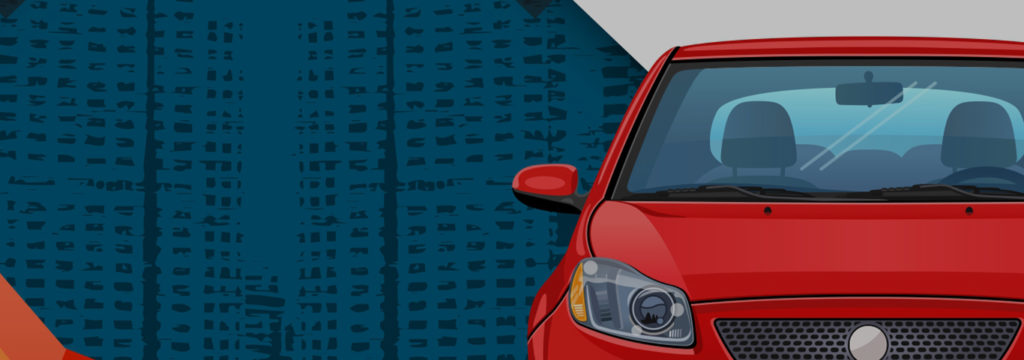Summary
Safety is a primary concern in today’s world – whether it is personal, financial or community oriented. One of the biggest drivers of safety concerns which directly impacts day to day life is the world of automobiles. When considered in its most raw version, it is unsurprising that a box composed of metal and plastics travelling at speeds higher than 40 miles per hour, is going to be a cause for deep concern for everyone involved both in and around its periphery. Over the last few decades, the onus on engineers has increased considerably to build cars that can not only drive at incredibly high speeds, but also provide extensive safety features. There are innumerable areas that can be improved, however the yardstick for safety constantly evolves as well. Apart from active and passive safety systems, the crash worthiness of a vehicle itself is one of the most important factors to be considered in the safety domain.
What is in it for you?
With growing concern over vehicle safety, this method is changes the design of crush can without an actual change to the physical model. It provides us a variety of design options along with their deformation patterns and hence selection of the right design becomes easy for a designer. Because of this design of experiments, the designers and analysts get an idea about the crush pattern for future studies and different vehicle variants. It saves a lot on the cost of testing and the turnaround time. By effectively leveraging simulation techniques, engineers were able to generate their desired outcomes, without compromising performance or safety.






